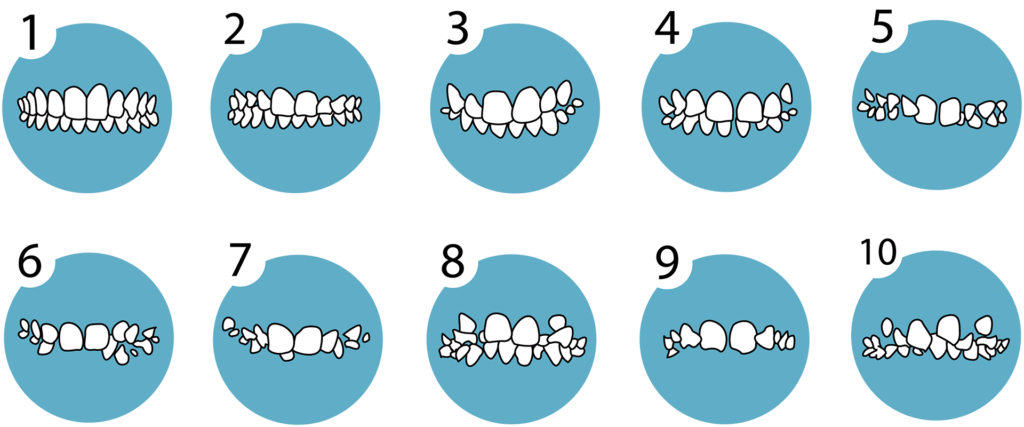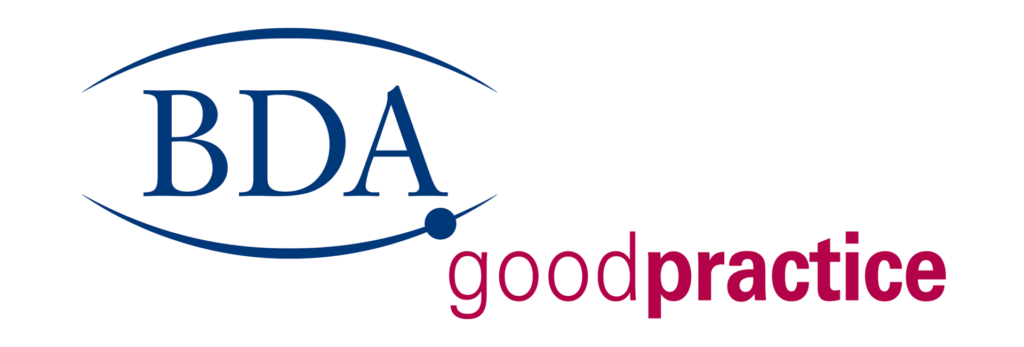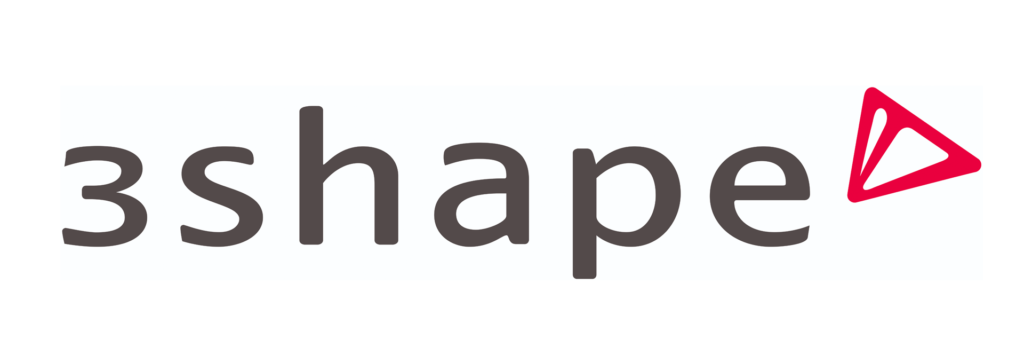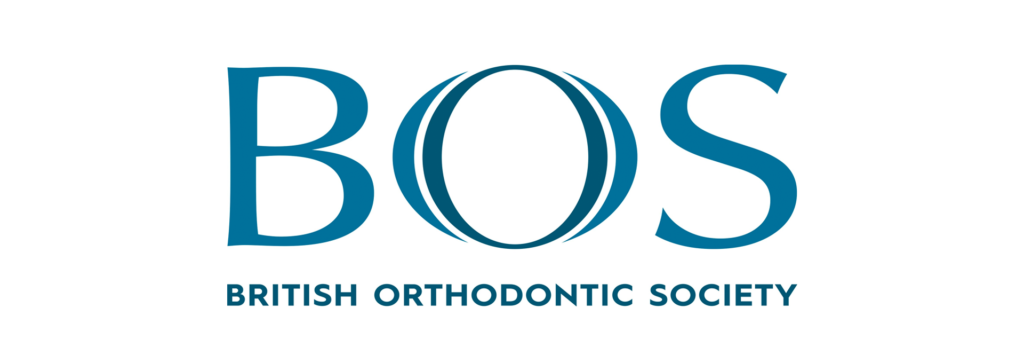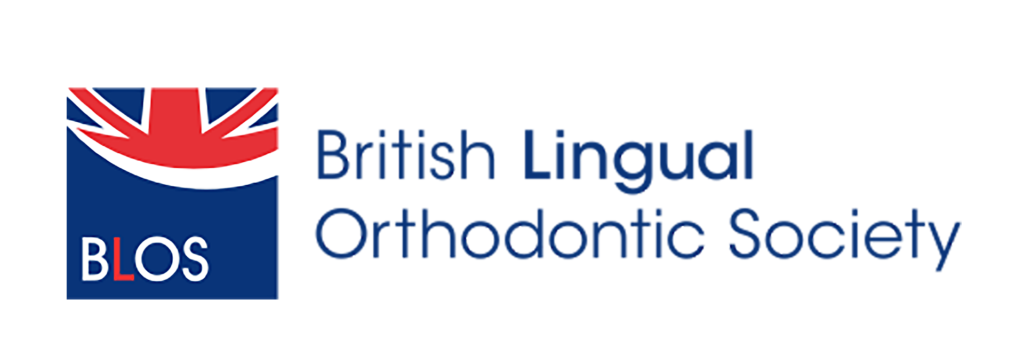Are you waiting to see if your child qualifies for NHS orthodontic treatment?
Are you waiting to see if your child qualifies for NHS orthodontic treatment?
Get a FREE Specialist Braces Consultation & IOTN Assessment at our private practice and find out, if your child is eligible for NHS treatment and get access to our wide range of treatment options at a reduced rate for young adults and children.
What is IOTN?
The Index of Orthodontic Treatment Need (IOTN) is a rating system that is used to determine your child’s eligibility for NHS orthodontic treatment.
The IOTN is divided in to two components:
1. Dental Health Component (DHC)
2. Aesthetic Component (AC)
What will happen during the assessment?
A Specialist Orthodontist will look at two aspects of your teeth: your dental health and the appearance of your smile. The specialist will also look at the impact of your teeth on your dental health.
If your child is NOT eligible for NHS-funded treatment or would like to start treatment sooner and access our full range of treatment options, self-funded treatment is available with Angle House Orthodontics.
We have several treatments available for children and teens, including Invisalign, Fixed Braces, Clear Braces and Lingual Braces.
– Flexible monthly payments available.
Start Smiling Sooner…
Emily’s life was changed when she started treatment at Angle House. After just 10 months Emily had the smile she’d always dreamt of… “I’ve been smiling all day long since I finished treatment, thanks guys”
Angle House has been transforming smiles for decades, restoring confidence and making people smile. Our orthodontists are highly trained, and we use cutting-edge technology in all of our treatments to ensure the best results.
If you’d like to skip the never-ending NHS Waiting List to get straight white teeth and a beautiful smile, book an appointment at our private practice today.

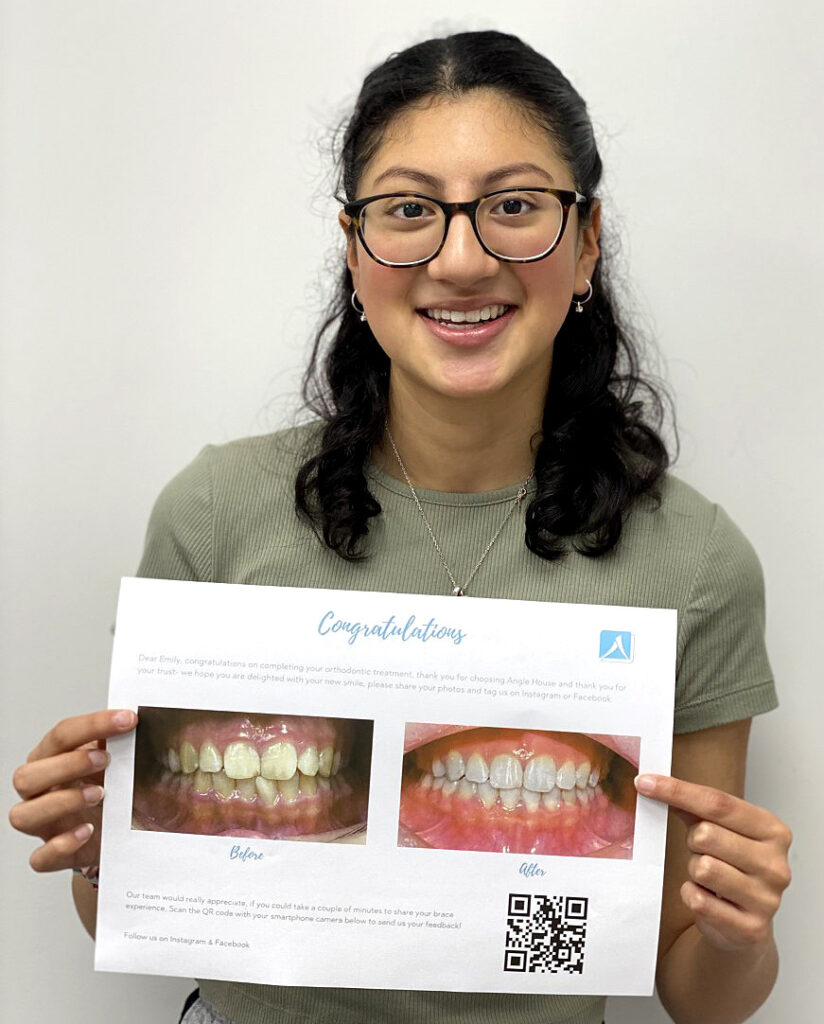
To qualify for NHS Treatment see the below IOTN Criteria:
Dental Health Component (DHC)
When assessing the dental health component, your child’s orthodontist will be looking for several different aspects of their teeth to determine what grading you fit under.
Grade 1:
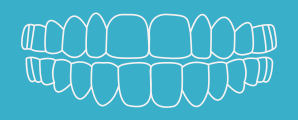
This score represents near perfection and you will not be eligible for NHS Orthodontic Treatment.
Grade 2:
This score will be assigned if there are minor irregularities with either the front teeth, or the nature of yours or your child’s bite.
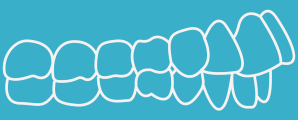
A mild prominence (overjet) of your upper front teeth.
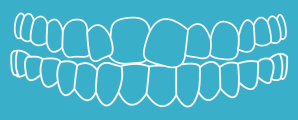
If you have mildly crowded or crooked teeth that do not interfere with the normal function of your bite.
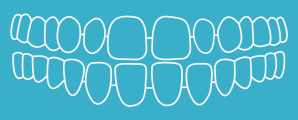
If you have a minor spacing of your teeth – typically between your upper and lower front teeth.
A grade 2 score will also mean that you or your child are not eligible for NHS Orthodontic Treatment.
Grade 3:
A score of 3 sits on the borderline of NHS Treatment and includes the following moderate irregularities, but may not need treatment for health related reasons.

Increasingly crowded or crooked teeth, but that do not affect the function of the bite.

Slightly protruding upper front teeth which is more severe than those of a grade 2. Typically, over 4mm more than normal.

A deep bite with no functional problems.
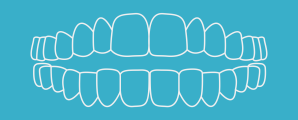
More moderate spacing between the upper and lower front teeth.
At this point, the Orthodontist would begin to take into account the Aesthetic Component (covered later) to determine whether they are eligible for NHS Orthodontic Treatment.
Grade 4:
A grade 4 indicates that more acute irregularities are present and the NHS Orthodontic Treatment is available for the patient. Grade 4 irregularities include:

Missing teeth that require orthodontic prior to being replaced or closing the space.

Upper front teeth that protrude more
prominently – between 6mm and 9mm.

Irregularity of teeth that are
more than 4mm out of line.
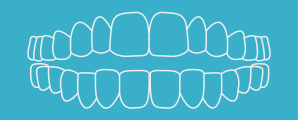
Open bites of more than 4mm.

Deep bites that are causing functional problems.
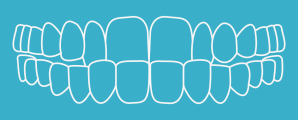
Lower front teeth that protrude in
front of the upper with a distance
greater than 3.5mm.
Grade 5:
A grade 5 indicates that there are serious irregularities with either your bite or teeth and NHS Orthodontic Treatment is required for health reasons. Grade 5 irregularities include:
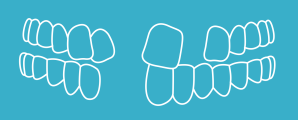
Extensive missing teeth that require aligning before restoration, or that require gap closure before restoration.

If there is severe crowding meaning that teeth are unable to ‘erupt’ naturally, excluding wisdom teeth.

A severe overjet of more than 9mm of the upper front teeth.
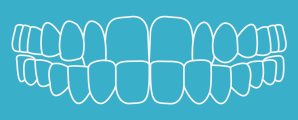
Lower front teeth that protrude in front of the upper by more than 3.5mm, causing functional issues.
Aesthetic Component (AC)
Whilst the need of treatment is determined off your dental health results, some children need orthodontic treatment on the basis of poor aesthetics. The Aesthetic Component of the IOTN is based on a scale of 10 photographs showing different levels of dental attractiveness. The grading will be carried out at the orthodontists discretion.
When a patient is graded 3 in the Dental Health Components, they must have an Aesthetic Component rating of 6 or more in order to be eligible for NHS treatment. Depending on area and availability, treatment has to be ‘rationed’ meaning that the IOTN is an objective and reliable way to determine who is and isn’t eligible for treatment on the NHS.
